Huawei FreeClip


The Huawei FreeClip offers a fresh take on open ear headphones but ultimately doesn’t entirely nail things on the design and sound front for the money they cost.
Pros
- Lightweight and unique look
- EQ modes available in app
- Good battery life
Cons
- Design doesn’t feel super secure in all scenarios
- Sound quality not best in class
- Feels pricey
Key Features
- Huawei AI Life appSet-up and customise the buds’ performance
- Battery life8 hours per bud, 36 hours maximum with case
- Air conduction technologyFires audio in towards the ear
Introduction
The Huawei FreeClip sees Huawei offer an open ear true wireless earbud all while flexing its experimental design muscles to boost its air conduction earphone above the competition.
Huawei isn’t a company that’s afraid to experiment. Case in point the Huawei Watch Buds and the FreeBuds Lipstick. Sometimes it works, sometimes it’s more gimmicky than innovative.
The aim with the FreeClip is to deliver sound safely to ears without blocking them up, and it lets you tinker with the sound profile too. They also offer smart gesture controls and battery life that won’t leave you short if you’re using them on a long commute or out for a run near busy roads.
Has Huawei come up with something truly ground-breaking? Here are my thoughts about Huawei’s intriguing true wireless buds.
Availability
The Huawei FreeClip is going on sale in the UK and Europe from late December and will be priced at £179.99 / €199.
To put that into context with other air conduction-style truly wireless earbuds, the Shokz OpenFit cost £180 / $180 and is its clear rival. The JBL Soundgear Sense cost £129.99, while the Sivga S01 is cheaper at £69.90 / $69.90.
Design
- Comes in two different colours
- Clip-on design
- IP54 water resistant rating
I’ve tested my share of open-ear air conduction headphones and the FreeClip looks like nothing I’ve ever put in my ears before. They’re a mash-up of Samsung’s Galaxy Buds Live and those little metal jumping jack toys.
Huawei calls them clip-on earbuds, and they come in either black or purple ceramic-style shades, sitting inside a charging case with a design inspired by seashells, though I’d describe it as more of a little pebble.
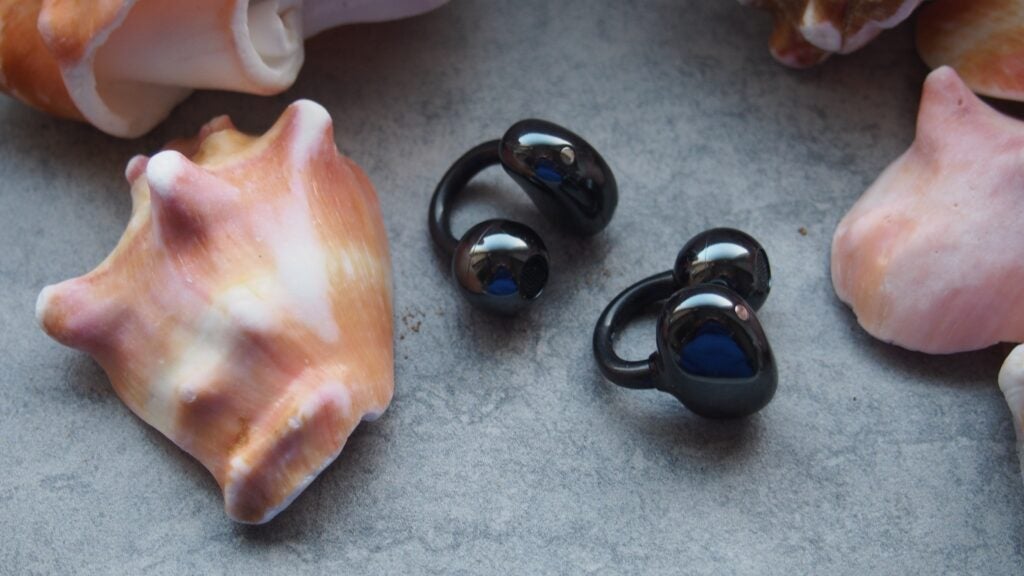
There are no wing tips or ear tips for the FreeClip, which instead feature three key components to keep them in place. There’s the Acoustic Ball, where the main audio architecture is housed and sits in front of the concha part of your ear. That’s attached to a flexible ‘C Bridge Design’, which connects the ball to the comfort bean, which sits clipped onto the outside of your ear.
Huawei has kept these buds super light at roughly 5.7g each, lighter than open ear earbuds such as the Shokz OpenFit. Like the OpenFit, the form factor slightly works against the intended nature of how the FreeClip sit in the ear. I’d say these buds cling as opposed to clamp, and always felt a touch fiddly to wear.
I’ve used them while sitting down at my desk, travelling on trains, walking to the shops, working out (indoors and outdoors) and have completed a speedy 5K race with them. For most of these scenarios, they were comfortable and didn’t budge. Though Huawei has tag them with an IP54 water rating, I found that on sweatier indoor workouts, one of the buds would slide about. It didn’t fall out, but it clearly didn’t like the extra sweat.
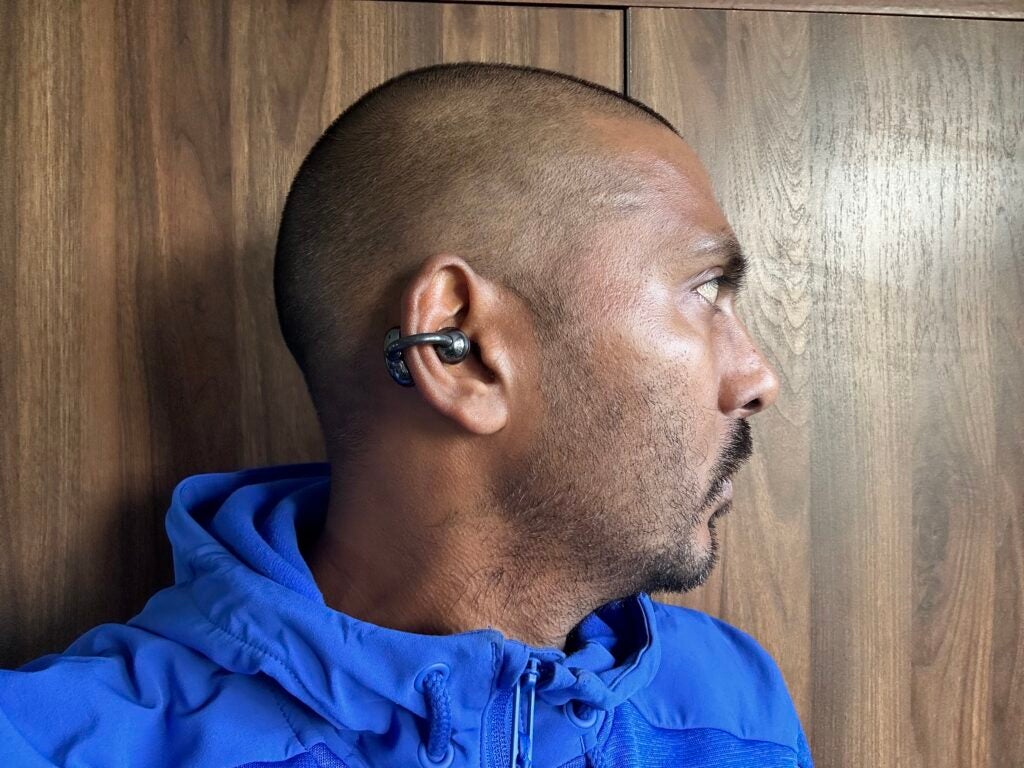
They stayed put on outdoor runs, but on a few occasions when I’ve tried to use the onboard gesture controls, I found it generally impossible to do so and actually knocked the buds out of my ear. It’s another problem if you’re wearing them with glasses or hats because these buds rest, as opposed to slotting in securely to your ears, and competing for space is a problem.
The gesture controls are discreetly built into the middle section of the buds where you can double and triple tap to skip tracks, play and pause audio and answer or end calls. Those controls can be assigned to work differently from the AI Life companion smartphone app.
I found the gesture controls challenging to use even when sitting down. Finding the sweet spot was frustrating and they simply didn’t work well enough on most occasions.
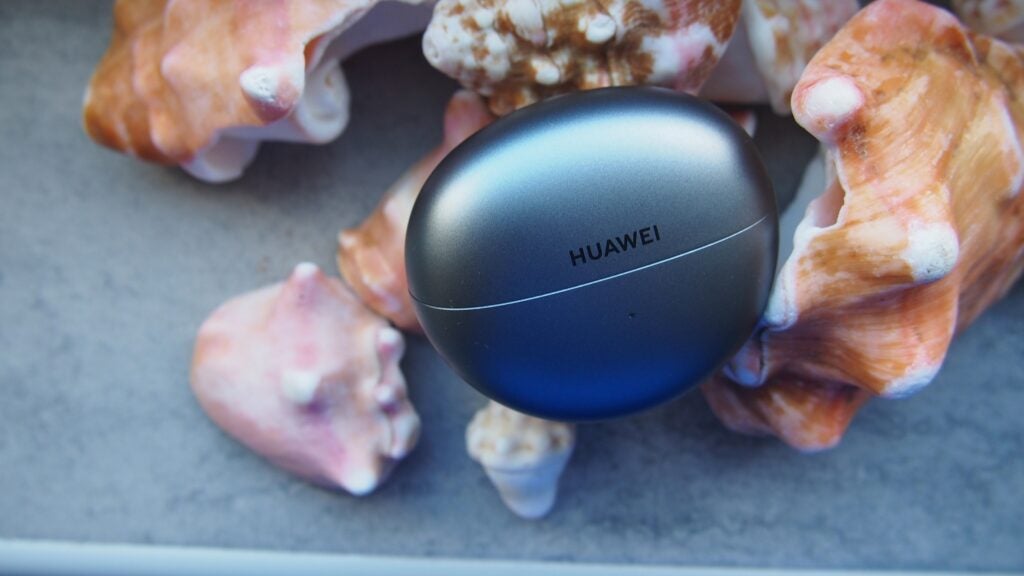
Features
- Share audio with other Huawei buds
- 8 hours of playtime with single charge
- Dual mic set-up for calls
There are dual microphones packed in alongside Huawei’s wind noise cancellation design to deliver clear calls, even when worn for exercise. I’d say the most redeeming quality is that the buds are loud – not necessarily crystal clear – but usable for hands-free calls.
Huawei does include some nice extras here. You can share audio with another pair of Huawei earbuds, as long as you’re doing that from a Huawei smartphone or tablet. There’s a ‘Find My’ earphone mode inside of the Huawei AI Life app and there’s Bluetooth multi-point sharing if you want to have them paired to two devices to quickly switch between the two if needed.
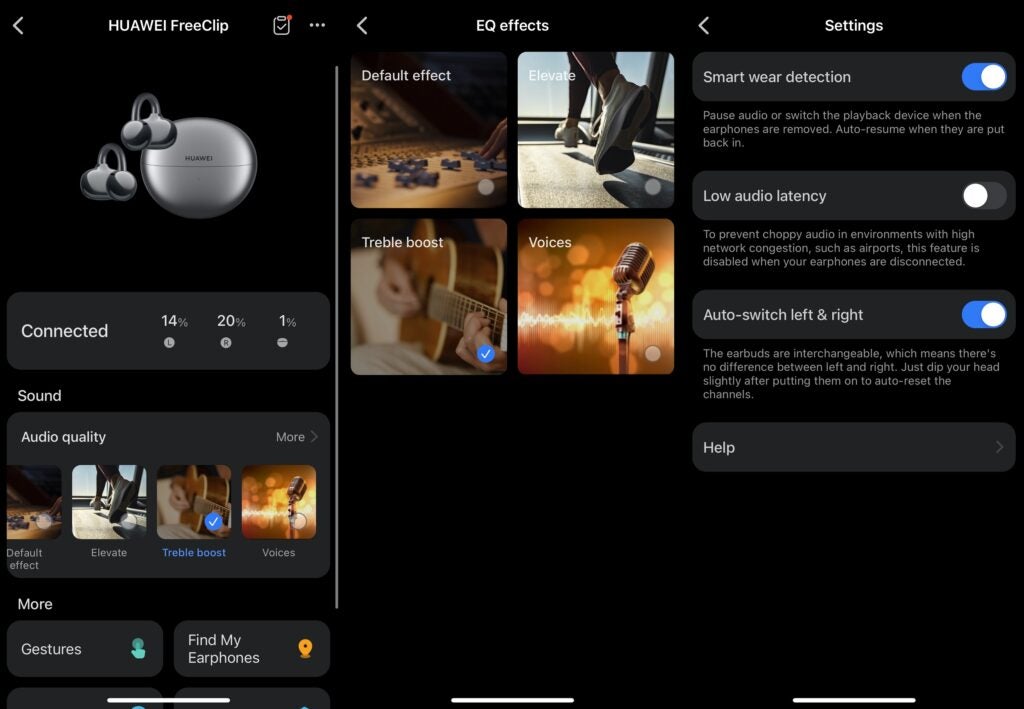
In terms of battery life, Huawei claims you should get up to 8 hours of listening time or 5.5 hours of call time off a single charge. That increases to 36 hours of listening time or 22 hours of voice calls. For comparison, the Huawei FreeBuds Pro 3 offers from 4.5-6.5 hours depending on whether you use ANC or not.
You don’t get ANC here of course and I found that after listening for over an hour’s listening the battery dropped by 10%. That was while using the default effect EQ mode.
With other modes I found battery drop was around 15%, so the battery life overall feels solid. There is a fast-charging mode here that provides three hours of play time from a 10-minute charge, and they’ll fully charge in just 40 minutes. You can also drop that charging case onto QI-certified wireless chargers for a more convenient way to power them up.
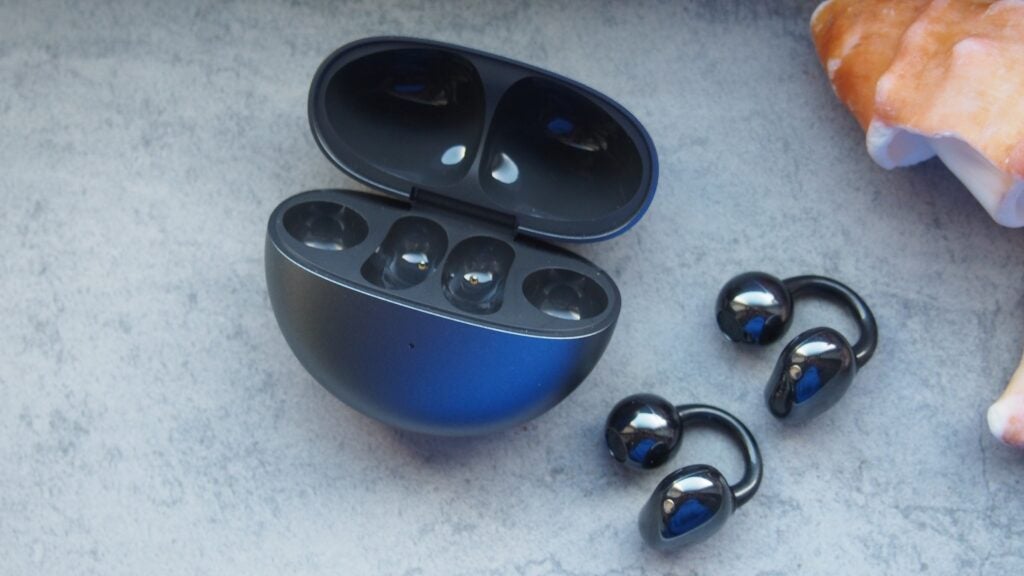
Sound Quality
- Uses air conduction technology
- Unmemorable bass
- Four EQ modes available
The FreeClip’s open-ear approach lets you listen to your sounds without entirely blocking your ears, so you can still be in tune with your surroundings.
Huawei does that by dropping the speakers in front of your ears and uses a dual magnetic dynamic driver to deliver the kind of punchy bass most bone conduction headphones tend to lack. They’re built to leak less sound than other open ear headphones as well, so your audio stays private.
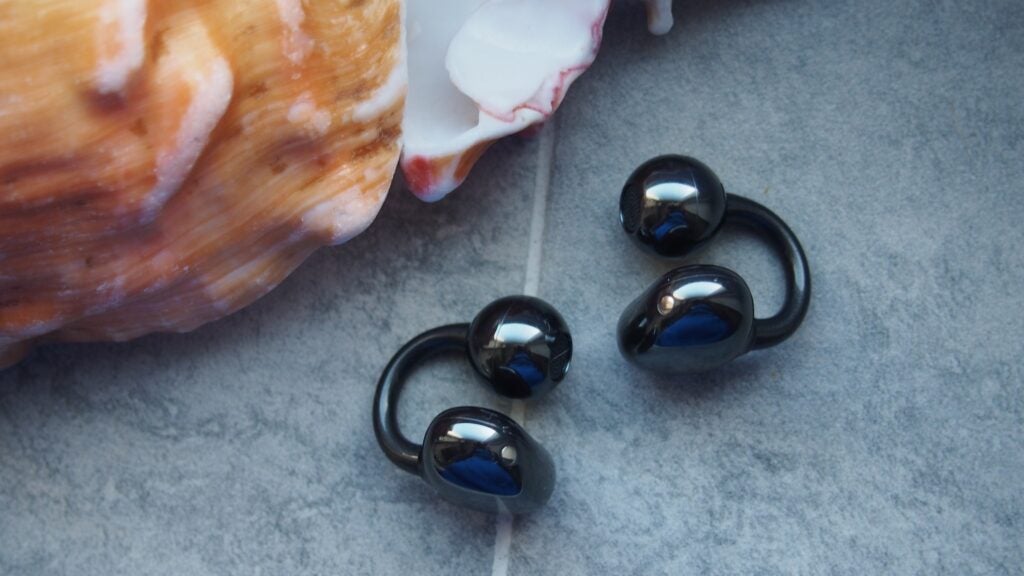
They can be paired them to devices over Bluetooth, and setting up with Huawei’s companion AI Life app (iOS and Android) allows you to tweak gesture controls and access the four EQ modes to customise sound. Those are Standard, Bass Boost, Voices, and Treble boost. What I’d say though is despite those added EQ modes the underlying sound you get from the FreeClip isn’t particularly stellar, even for an open ear.
I use the Songs To Test Headphones playlist on Spotify to put the FreeClip to the test across a range of genres. In Standard mode, in tracks like Kate Bush’s Running Up That Hill the bass felt muddy, the midrange has a boxy quality to it and trebles are little on the harsh side.
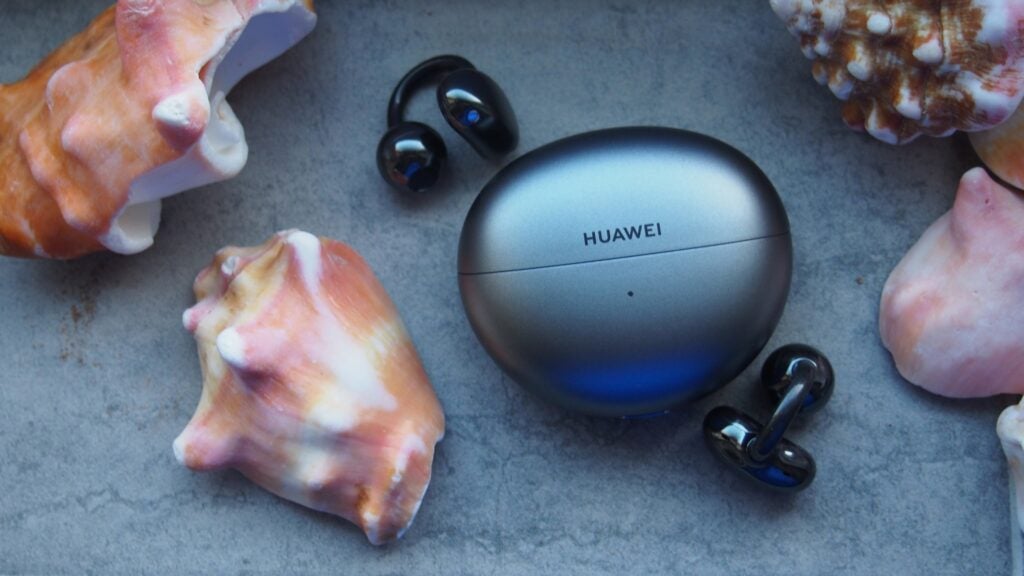
I switched to the Bass Boost EQ mode to listen to bass-heavy tracks like Bonobo’s Rosewood and again the bass response doesn’t feel especially memorable. In the Treble boost mode tracks like Wasting My Young Years by London Grammar and Traci Chapman’s Talkin Bout a Revolution, the FreeClip does elevate the powerful lead vocals and bring them to the forefront, but everything outside of that just sounds okay.
The open ear experience itself is good overall, both indoors and outdoors and certainly isolates audio better than bone conduction headphones, but if you’ve got them up loud, they tend to fight more against ambient sound compared to bone conduction headphones. They’re not tremendously bad at leaking sound either, so that’s good news for people sitting around you.
Huawei promises windproof sound technology to make sure those gusts of wind don’t interfere with your audio. I’ve used them in mildly windy conditions, and they’ve performed well, but I’d be concerned with stronger winds that light form factor may become an issue in terms of offering a secure fit.
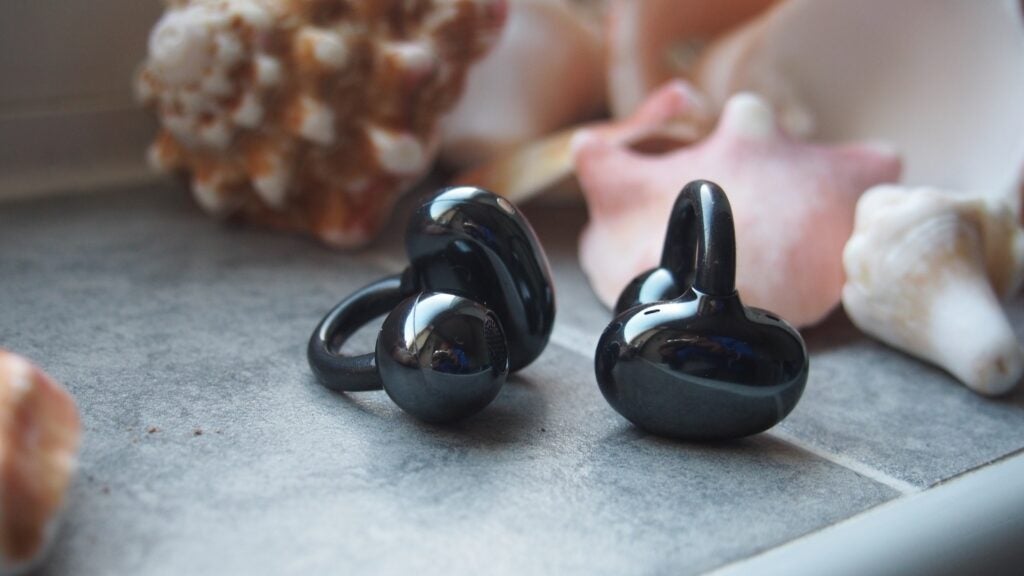
Latest deals
Should you buy it?
You want a set of light, quirky looking earbuds
You won’t find another set of open ear earbuds that look like the Huawei FreeClip, so if you like something different, these fit the bill.
You want the best open ear, truly wireless earbuds
The Huawei FreeClip simply doesn’t shine in all the key departments to make them stand out as the best open ear true wireless available.
Final Thoughts
I applaud Huawei for doing something different with the FreeClip. They’re a distinctive set of buds that are comfortable to wear, with customisable sound and strong battery life too.
There are parts I like. They’re nice and light, they feel comfortable to wear and look great (though I’d like some more adventurous colours). I’m not feel entirely convinced by the design from a fit point of view and the sound and controls just don’t feel up to scratch.
I put the Shokz OpenFit back on, which are clearly the buds the FreeClip are aimed at. They’re by no means perfect in terms of design and I’ve had connectivity issues since I first tested them, but they deliver better sound quality. The JBL Soundgear Sense and the Sivga SO1 also sound more accomplished and are both less expensive.
There’s the crux of an alluring set of open earbuds here, but there are too many aspects I’m not convinced by, which make them true wireless I can’t wholeheartedly recommend.
How we test
We test every set of headphones we review thoroughly over an extended period of time. We use industry standard tests to compare features properly. We’ll always tell you what we find. We never, ever, accept money to review a product.
Find out more about how we test in our ethics policy.
Tested for more than a week
Tested with real world use
FAQs
According Huawei, each FreeClip weighs about 5.7g for a lightweight feel when clipped to the head.
Full specs
The post Huawei FreeClip appeared first on Trusted Reviews.
Source Trusted Reviews ,Home Appliances Reviews

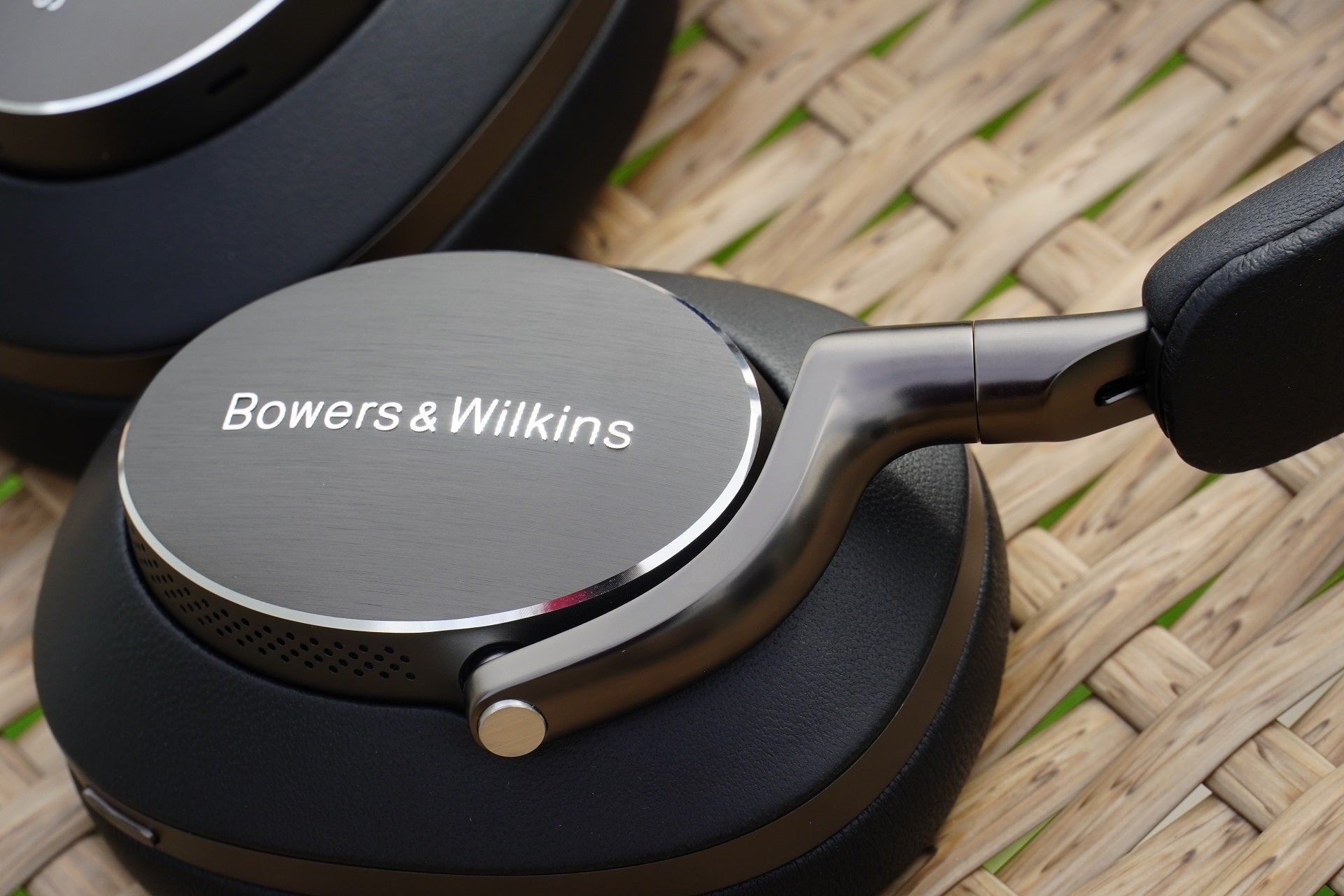
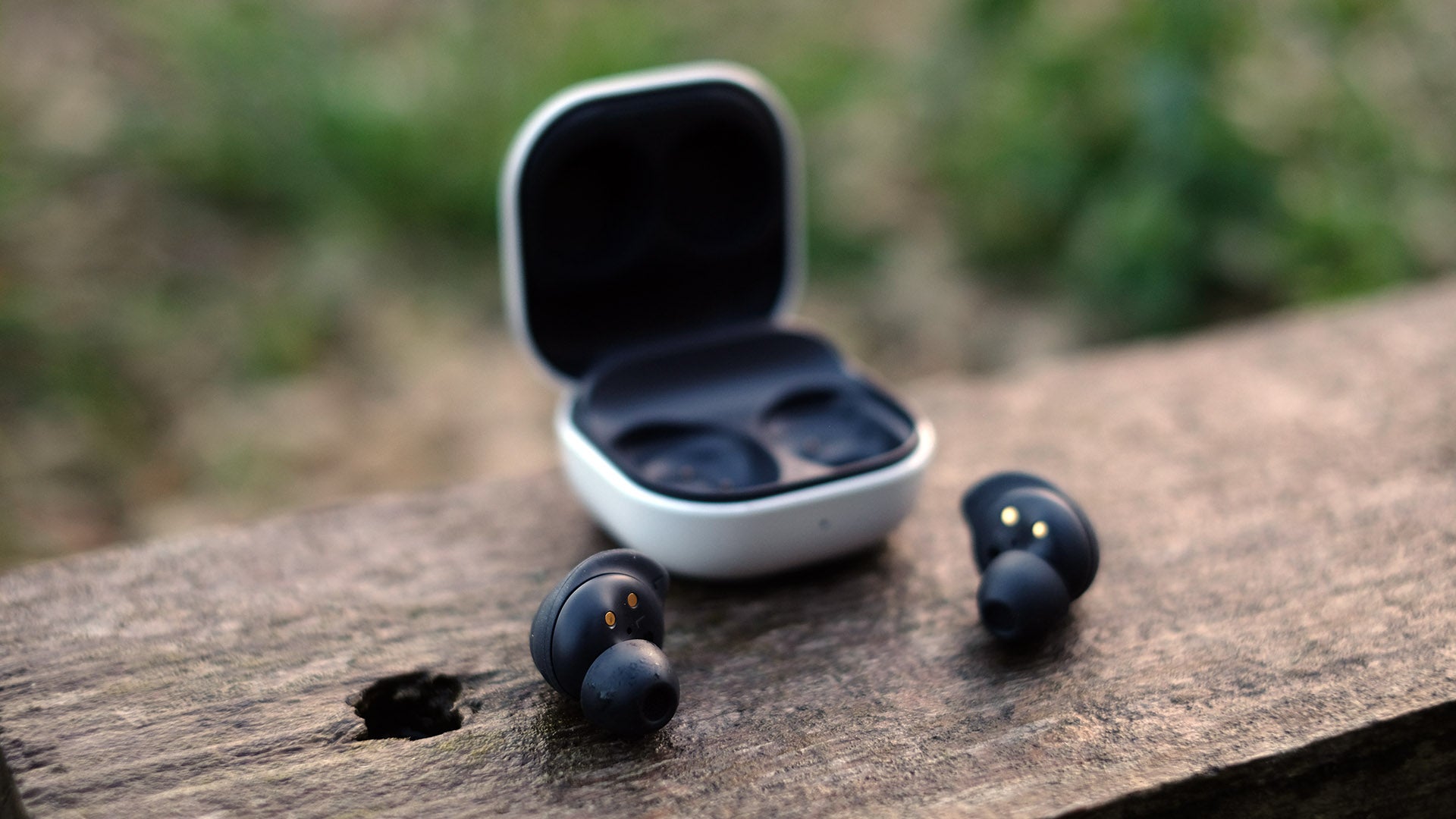




No comments